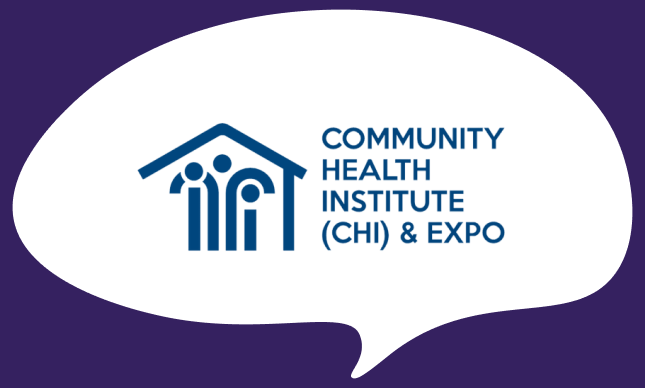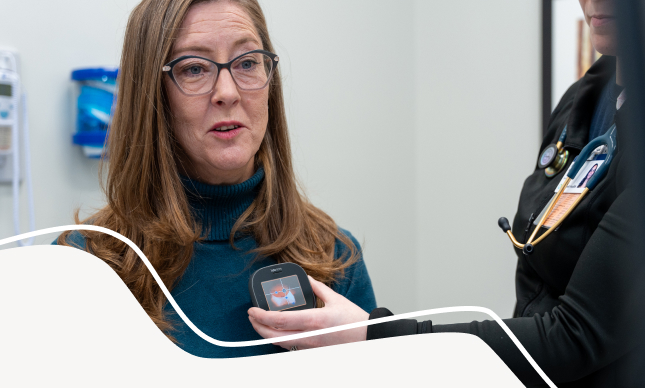Tackling the challenge of integrating telehealth seamlessly into the EHR
Making caregivers’ lives easier should be one of the primary goals of any healthcare provider organization’s IT shop. Throwing too many solutions with too many workflows and too many log-ins at physicians and nurses is a recipe for failure.
With telehealth a mainstream technology today because of the necessities of the COVID-19 pandemic, caregivers need the technology to be a natural part of their workflow and an easy way to connect with patients. And many in healthcare have concluded the best place for telehealth to be initiated by caregivers is within a patient’s electronic health record.
This has become the modus operandi of many healthcare provider organizations across the country. But it’s not necessarily an easy get. That’s why Healthcare IT News interviewed Ophir Lotan, vice president of product and customer success at telemedicine company TytoCare. Here, Lotan shares his expertise with the combined forces of telehealth and EHRs.
Q. When attempting to integrate telehealth with an EHR, what is the importance of synchronous versus asynchronous virtual care workflows?
A. When health systems are looking to integrate telehealth with the EHR, it’s crucial they factor in both synchronous and asynchronous workflows. Synchronous telehealth appointments would be a typical virtual visit where the physician and patient are on a video call together in real time. When it comes to asynchronous telehealth, the patient would record any vital signs with a telehealth device on their own prior to the virtual appointment.
If a health system has an efficient asynchronous telehealth workflow, the physician should be able to access the vital signs the patient recorded directly from the EHR even before the appointment occurs. This enables the physician to complete the diagnosis even before a live synchronous visit, while keeping all the clinical data in the patient’s EHR.
For synchronous telehealth appointments, when the EHR integration is significant, it’s important that the physician can launch the live visit from the EHR dashboard directly into the video conference, ensuring this is an integral part of the workflow and allowing the physician to view and add clinical data to the patient’s record.
The importance of seamless telehealth-EHR integration cannot be underestimated, both in synchronous and asynchronous workflows. Physicians increasingly are spending large chunks of their day on administrative tasks instead of caring for patients. Telehealth-EHR integration improves documentation, streamlines data collection, improves care coordination, and can even simplify scheduling and billing.
Q. During this type of integration, what is the significance of holistic (including virtual care) data/clinical results within the health record?
A. Telehealth is successful when it mimics an in-clinic visit, and that can only happen when all the patient’s clinical data is in one place and linked to the EHR.
This completes the patient picture and allows both a diagnosis and evaluation of a potential health trend by looking at past stored data. Past data stored in the patient record improves physicians’ ability to assess the patient’s condition over time, which is key for preventative and long-term care.
Furthermore, without EHR-telehealth integration, physicians would most likely have to input the same information twice. Integrating the two systems allows for information to automatically go into a patient’s health record, which simplifies the data-entry process, reduces the chances of making an error when updating the EHR at a later time and ensures specialists have access to the most current information.
The nature of telehealth means that clinicians already are conducting visits and performing exams in front of their computers. Telehealth-EHR integration creates a more fluid, integrated experience for physicians by allowing them to conduct the remote visit and access patient records in parallel, saving them time and increasing usability.
Q. What role do usability and ease of access of virtual care for both patients and providers play when integrating telehealth with an EHR?
A. Integrating telehealth with an EHR plays a critical role in expediting telehealth adoption for both physicians and patients. Patients get better quality of care from a virtual appointment that has all their information already integrated and physicians can save time and have a better user experience while conducting those telehealth visits.
Furthermore, EHR solutions already are trusted by patients and physicians, and fully integrating them with telehealth solutions helps build trust and removes barriers.
Telehealth solutions must put effort in continuously improving their user experience and provide options that seamlessly integrate with the many different EHR vendors on the market.
Telehealth solutions that fail to integrate or provide a streamlined EHR option will fall behind as physicians and patients increasingly choose solutions with high usability and ease of access that integrate seamlessly with the EHR.
Click here to read the full article.


